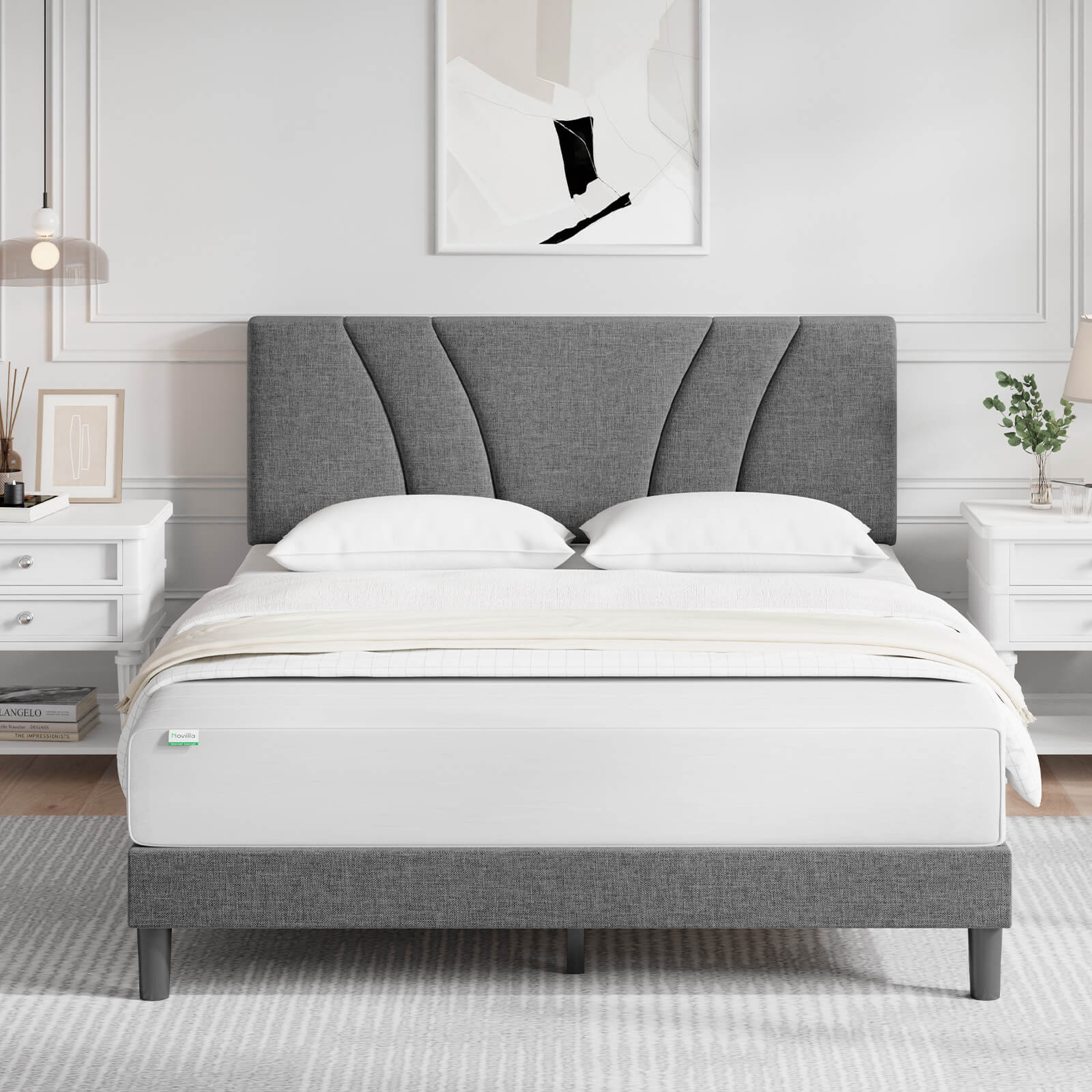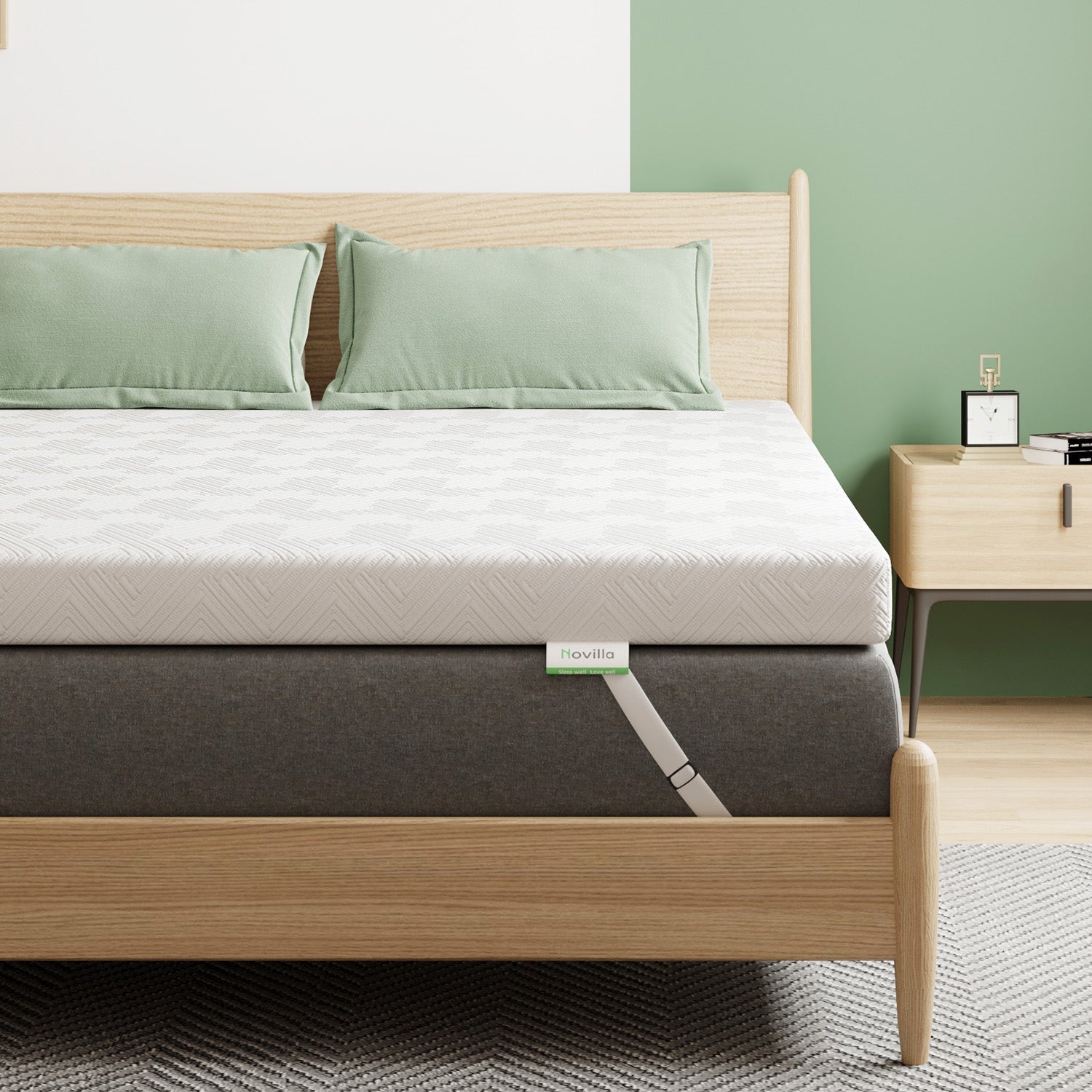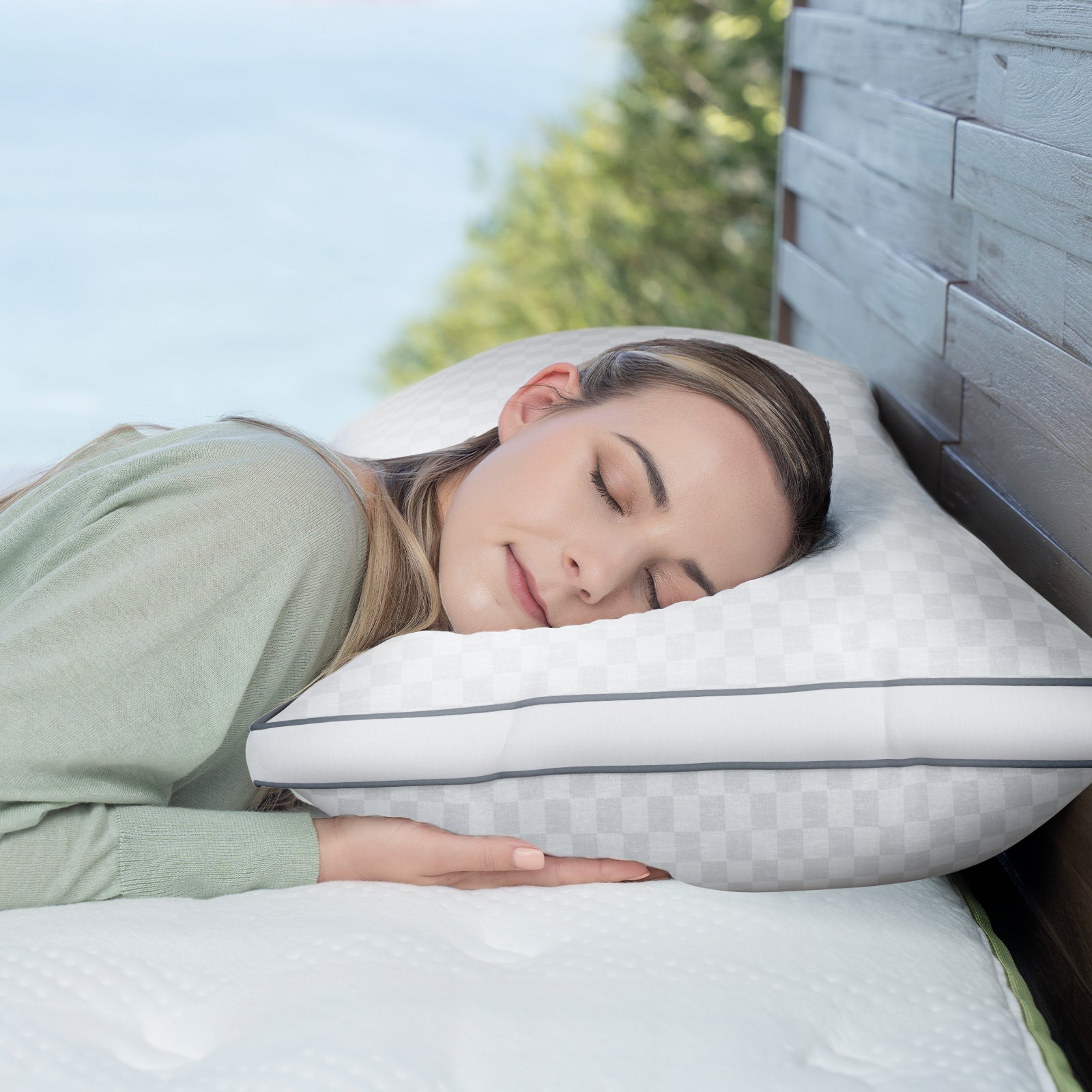No Products in the Cart
How to Make a Memory Foam Mattress Firmer: 6 Things to Try When Your Mattress is Too Soft
If you are suffering discomfort in your current mattress because of feeling too soft, there are several things you can try to make it firmer. A soft mattress can be uncomfortable and lack proper support, leading to back and neck pain over time. Even the best mattresses can become saggy and over-soft over time, but luckily there are ways to address the issue. However, it's important to note that mattress firmness is a personal preference, but a medium-firm mattress is generally touted as the most suitable firmness for most people. While a soft mattress may feel comfortable initially, it can harm spinal alignment and cause lower back pain for some individuals. Regardless of why your memory foam mattress has become too soft, here are some methods to make it firmer.
How to Make Your Mattress Firmer: Quick Tips
Let's be real: While our suggestions can help you quickly firm up a soft mattress if your mattress is showing significant signs of sagging, you may be out of luck. Our guide to fixing a sagging mattress has some helpful suggestions, as well as when it may be time to bite the bullet and purchase a new mattress.
If time is of the essence? Here are our main suggestions on how to make your mattress firmer:
- If you're still within the trial period, exchange for a firmer mattress
- Flip the mattress and sleep on the firmer side, of course, the precondition is that your mattress should be a flippable mattress
- If the warranty allows, place the mattress on the floor
- Add a firm mattress topper for immediate improvement
- Lower the bedroom temperature to make the foam denser
- Ventilate the mattress in sunlight to reduce humidity-induced softening
- Place a plywood board under the mattress (with risks attached)
If your mattress is already past its prime, consider replacing it.
You can quickly, easily, and cheaply solve the problem by purchasing a mattress online. However, one major drawback of buying a mattress is that you can't test the firmness level of your chosen mattress before purchasing.
This is why manufacturers offer in-home trial periods. The length of trial periods varies from 100 nights (on average) to a full year. If your trial period is still valid, take action immediately and exchange your too-soft mattress for a firmer style. Most brands offer free returns and exchanges, though some brands charge processing fees.
If your mattress doesn't have a trial period, check the warranty terms to see if they cover a certain degree of sagging. Note that sagging isn't the only reason for a too-soft mattress, some mattresses are designed to be softer. Memory foam mattresses are relatively firm mattresses, but they still tend to sag over time, and their lifespan depends on their material and maintenance.

Flip the Mattress
If possible, simply flip your mattress every three months or so to reduce wear and tear and minimize the likelihood of deep sagging in specific areas. However, not all mattresses can be flipped. If your mattress has zoned support in specific areas, flipping it may affect the overall sleeping experience and sleeping quality. Although flipping mattresses was common practice when everyone used traditional innerspring mattresses, modern mattresses are rarely flippable, such as some hybrid or memory foam mattress models.

Add a Firm Mattress Topper
While most mattress toppers are designed to make overly firm mattresses slightly softer, there are also options that can make soft mattresses slightly firmer and improve motion isolation when sharing a bed with a restless partner. A mattress topper provides a sturdier and more responsive surface for a more supportive feel.

Place the Mattress on the Floor
While placing your mattress directly on the floor will immediately feel more supportive, this method has some drawbacks. First, make sure your mattress is suitable for sleeping directly on the floor. For example, this practice may void warranties on some mattresses (so you won't be compensated for any damage). Additionally, your mattress will collect more dust and dirt from the floor, and insects (including bacteria) are more likely to get into your bed. To protect the mattress, place a thin mat under it and clean it regularly to prevent bacteria, stains, and other unpleasant things.

Lower Bedroom Temperature
If your memory foam-based mattress is too soft primarily due to high bedroom temperatures, memory foam will become softer and lose its elasticity. Overheating not only affects falling asleep and sleep quality but can also cause the mattress to become too soft.
Hybrid mattresses usually perform well, but cheaper versions may lose firmness and stability in foam areas. To make the mattress firmer at night and improve overall sleep quality, turn off heating devices or set smart thermostats to lower temperatures about an hour before bedtime.

Place Plywood Underneath
This is a common method you'll definitely come across if you're looking to make your bed firmer. While placing a thin plywood board under the bed can help increase firmness as placing it directly on the floor would do.
Especially, since it doesn't work for many materials. Memory foam needs good breathability; otherwise, you may breed mold and bacteria on the material. This is not only harmful to your health but also invalidates the warranty of the mattress.
If you really want to try plywood bed toppers, we strongly recommend that you first communicate with the mattress manufacturer to check if it's allowed and if they can offer better solutions. Sometimes they offer free hardening pads to increase hardness.

Letting Your Mattress Breathe in Sunlight
Different types of moisture can make mattresses softer - especially in humid areas, poorly insulated homes, or near beaches. If you sweat at night, sweat and body oils can also cause mattresses to gradually lose elasticity.
A quick solution to this problem is moving your mattress outdoors on sunny and warm days for a few hours to let it breathe and let sunlight and heat naturally help remove moisture. This not only makes your mattress feel more supportive but also eliminates bacteria, microorganisms, and mold caused by humidity. Of course, some mattresses are too heavy to move outdoors, but even if you can place them next to an open window or let some sunlight and fresh air in, it will help.
Last but not least, if you are wondering how to make a firm mattress softer. Don’t worry, check this article and we also provide several tips to help you out.

How Firm Should Your Mattress Be?
A common misconception is that an ultra-firm mattress is best for maintaining spinal health and reducing pain. In reality, medium-firm mattresses are usually better suited for most people. This is because medium-firm mattresses can keep the spine in a proper alignment without being too hard or uncomfortable for sleep.
Your weight and sleeping position also play a significant role in mattress firmness. Lighter individuals may be able to choose softer mattresses because they won't exert as much pressure on the bed. If you prefer sleeping on your side, you may need a softer mattress to accommodate your shoulders and hips.
Back and combination sleepers are better suited for medium-firm mattresses, but if you prefer stomach sleeping or back sleeping with elevated legs or headrests, opt for a firmer bed to prevent the head from sinking into the bed and keep the spine from twisting.
If you decide to buy a new bed, here are some medium-firm mattresses we recommend. To further enhance sleep comfort.







